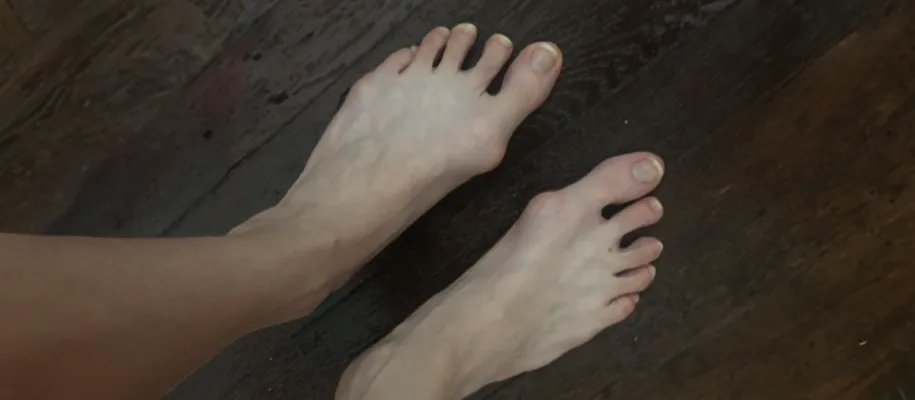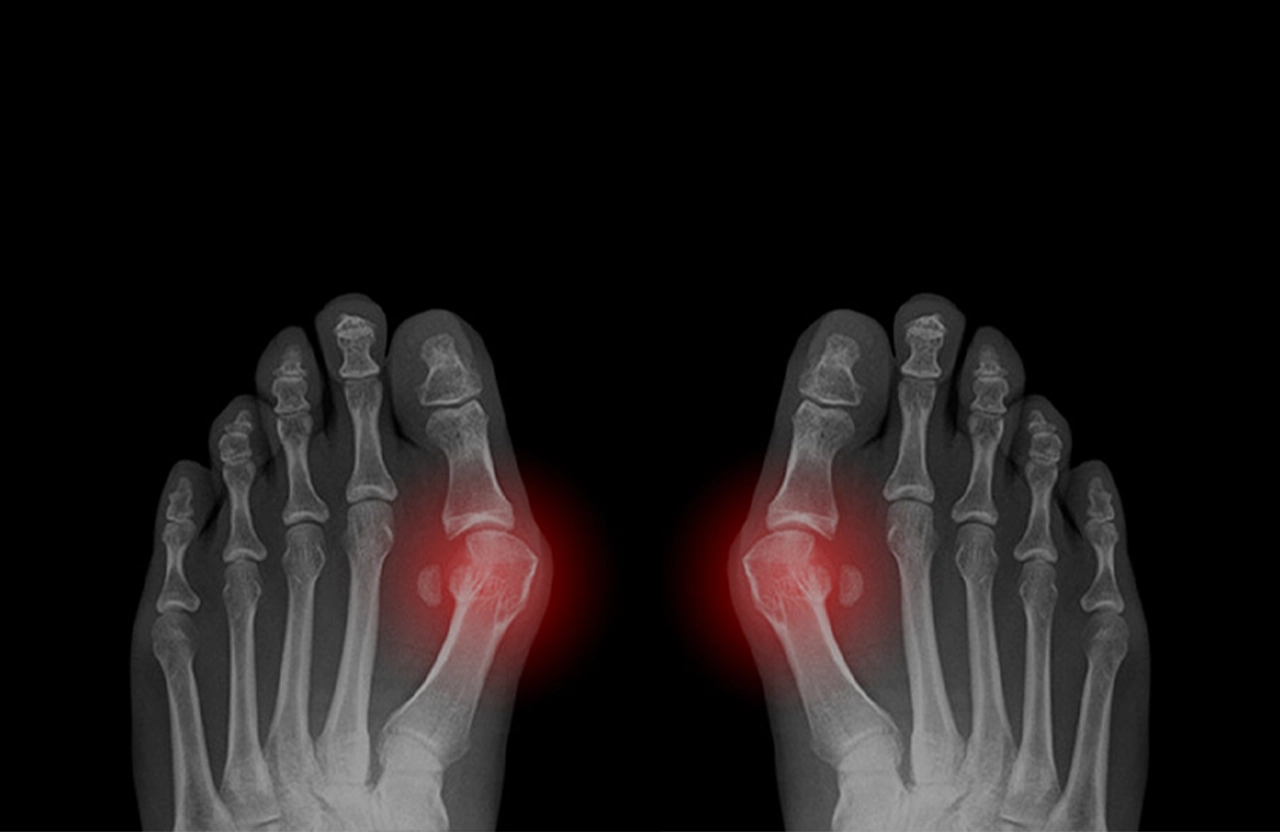Hello, how are you? Let me tell you about hallux valgus (HV), also known as bunions.
It involves a lateral deviation of the big toe and a medial deviation of the first metatarsal. This problem can also occur at the base of the little toe.
Bunions or hallux valgus are quite common conditions that, at first glance, aren't noticeable since we wear shoes most of the time. According to multiple studies, bunions have a prevalence of up to 35% in the general population.
The appearance of bunions can be due to multiple causes
It can occur due to numerous etiologies, whether hereditary, biomechanical, traumatic, or metabolic factors.
Among the biomechanical factors are foot alterations such as:
- Gastrocnemio sóleo
- Gastrocnemio
- Flat feet
- Dorsal flexion of the first phalanx or hypermobility of this
Arthritis and metabolic alterations:
- Gouty arthritis
- Rheumatoid arthritis
- Connective tissue disorders
Traumatic injuries:
- Intra-articular damage
- Dislocations
- Structural deformity
- Malalignment of the articular surface
- Abnormal metatarsal length
- External tibial torsion

Hereditary factors:
They include alterations in the metatarsal formula, presence of flat feet and ligamentous hyperlaxity. In the case of juvenile bunions, maternal hereditary factors have been demonstrated in 94% of cases.
Age:
People over 60 years old are more likely to develop bunions due to changes in posture, increased plantar pressure and joint kinematic changes.
Inappropriate footwear and excessive load:
Narrow or pointed shoes, as well as high heels, generate more pressure on the area of the first metatarsophalangeal joint. If, in addition, the patient is constantly walking or standing, this can aggravate the condition.
In the case of ballet dancers, repetitive trauma, where there is excessive walking and increased support, has been linked to progression.
Symptoms:
Symptoms may include increased pain when wearing tight shoes or walking in them for long periods, bulging on the outside of the big toe, swelling and redness around the toe, and calluses between the first and second toes.
Complications that bunions can generate:
Hallux valgus progresses over weeks and months. It's quite common for patients, after living with the deformity for a prolonged time, to decide to treat it when this condition prevents them from performing their activities functionally, which can generate complications such as:
- Bursitis: Occurs when the synovial bursae of the toe joints become stiff and swollen
- Hammer toe: When a toe bends downward and remains in a fixed position, similar to a claw
- Metatarsalgia: Pain and inflammation in the front part of the sole of the foot, at the base of the metatarsal bones
Diagnosis:
It is carried out through a clinical examination, where the duration of the patient's symptoms, their change in activity and the type of footwear they frequently use are evaluated. Subsequently, the patient's gait is observed, palpation is performed and it is complemented with a simple radiograph to evaluate the joint pathology and measure the angular deformity. Depending on the case, other foot radiographs may be required, such as:
- Anteroposterior
- Lateral oblique
- Lateral
- Axial projections to observe the sesamoids
Treatment of bunions or hallux valgus
Prior to surgery:
Measures are recommended to reduce pain, such as the use of special footwear:
- Pharmacological treatment: Intra-articular administration of steroidal anti-inflammatories to control inflammation and reduce pain in initial stages, although it will not eliminate the problem
- Symptomatic treatment: Silicone separators and protections can offer pressure relief, but conservative treatment does not restore the foot to normal
Surgery:
It is the definitive solution to eliminate the deformity and chronic pain of the foot, allowing it to return to normal. There are more than 100 types of surgery for hallux valgus, and the surgical technique depends on the amount of correction required.
Some procedures may include:
Partial removal of the metatarsal head (bunionectomy).
Adjustment of the soft tissues surrounding the big toe joint.
Osteotomy to reposition bones.
Union or fixation of the joint between the metatarsal and the middle part of the foot.

